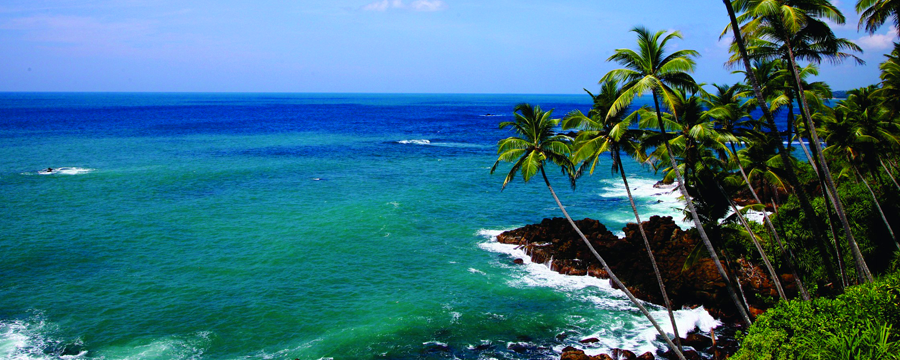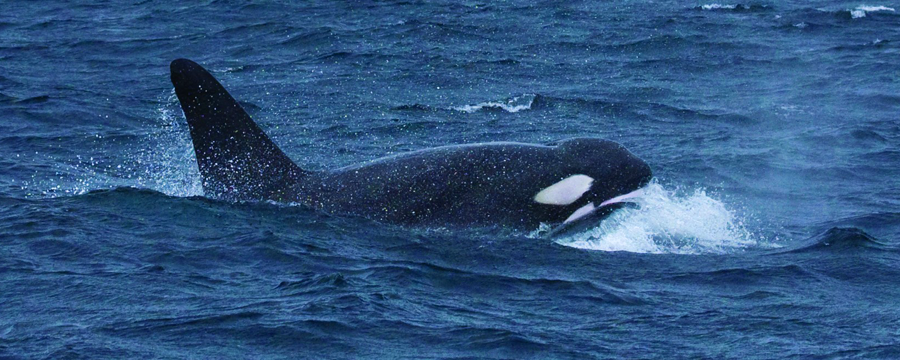Arcade Independence Square is the third super-complex to pop up in Colombo, after Dutch Hospital and Racecourse. It's a beautiful, central space with a food court, restaurants, and shopping, cushioned on a beautiful green expanse.
The Arcade premises is pretty large - it's made up of a series of connected signature white colonial buildings, and the old Auditor General's building as well.
The buildings are surrounded by green lawns, tall trees and flawless paved floors scattered with some very cool furniture. The central spot has got fountains and even a fish-tank that you can look at - get this - while walking on top of it. Overall, it's doubtless one of the nicest places to now hang out at in Colombo. Also, the complex has some very impressive posh washrooms, they get bonus points for this.
The next two sections will give you an idea of what to expect here, but if you just want to know what's where, skip down to the layout maps.
So far we counted 39 food/clothing outlets on Arcade premises. The main building is split up into two - your retail therapy needs can be met mostly in the first floor. Amante, the Parfumerie, Levi's - you'll find mostly designer and custom clothing and shoes. You also get large electronics showrooms on both floors.
In the Auditor General's building (the one with the huge clock on it that you can see from Independence Square) you get Wickramarachchi Opticians if you're looking for a good pair of sunglasses, Stone and String, a whole store of Kookabura equipment (for all you cricket fanatics), a Titan showroom and Glamorous Sri Lanka for local tea and jewellery. There's even a salon on the first floor called the Wax Museum and a Cineplex for 3D movies.
Arcade Independence Square is an awesome spot to chill at - the outside is all green lawn, smooth pavement and cane furniture, and the inside is all white and wooden paneling. Some corridors have long benches where you can just sit and relax, there are great views of the lawn, the road and Independence Square through different windows of the building, and there's a very cool skylight in the center of one of the staircases.
The place has just opened up so it's only got some university kids and tourists walking around, it's the right time to go for some quiet and some chill shopping or snacking. Here's some maps in case you get lost, and more photos below:
The Arcade premises is pretty large - it's made up of a series of connected signature white colonial buildings, and the old Auditor General's building as well.
The buildings are surrounded by green lawns, tall trees and flawless paved floors scattered with some very cool furniture. The central spot has got fountains and even a fish-tank that you can look at - get this - while walking on top of it. Overall, it's doubtless one of the nicest places to now hang out at in Colombo. Also, the complex has some very impressive posh washrooms, they get bonus points for this.
The next two sections will give you an idea of what to expect here, but if you just want to know what's where, skip down to the layout maps.
So far we counted 39 food/clothing outlets on Arcade premises. The main building is split up into two - your retail therapy needs can be met mostly in the first floor. Amante, the Parfumerie, Levi's - you'll find mostly designer and custom clothing and shoes. You also get large electronics showrooms on both floors.
In the Auditor General's building (the one with the huge clock on it that you can see from Independence Square) you get Wickramarachchi Opticians if you're looking for a good pair of sunglasses, Stone and String, a whole store of Kookabura equipment (for all you cricket fanatics), a Titan showroom and Glamorous Sri Lanka for local tea and jewellery. There's even a salon on the first floor called the Wax Museum and a Cineplex for 3D movies.
Arcade Independence Square is an awesome spot to chill at - the outside is all green lawn, smooth pavement and cane furniture, and the inside is all white and wooden paneling. Some corridors have long benches where you can just sit and relax, there are great views of the lawn, the road and Independence Square through different windows of the building, and there's a very cool skylight in the center of one of the staircases.
The place has just opened up so it's only got some university kids and tourists walking around, it's the right time to go for some quiet and some chill shopping or snacking. Here's some maps in case you get lost, and more photos below:
















.jpg)










.jpg)



































